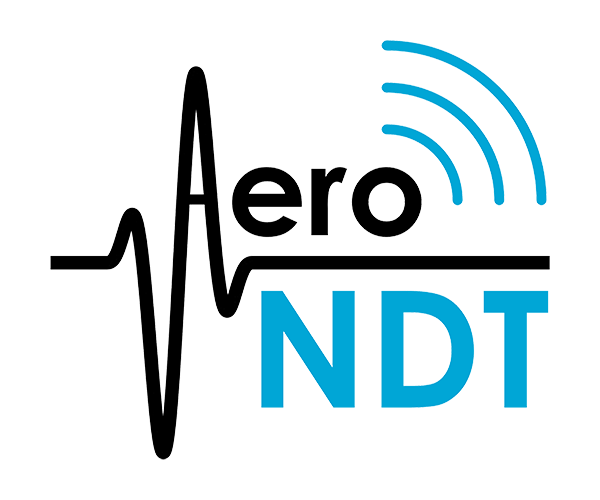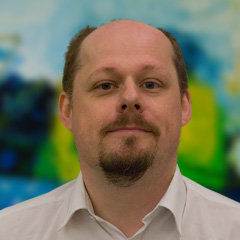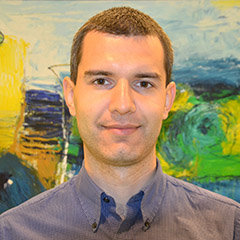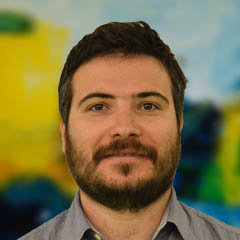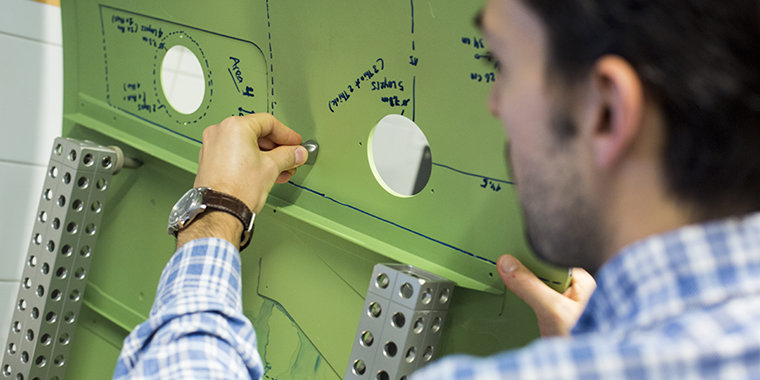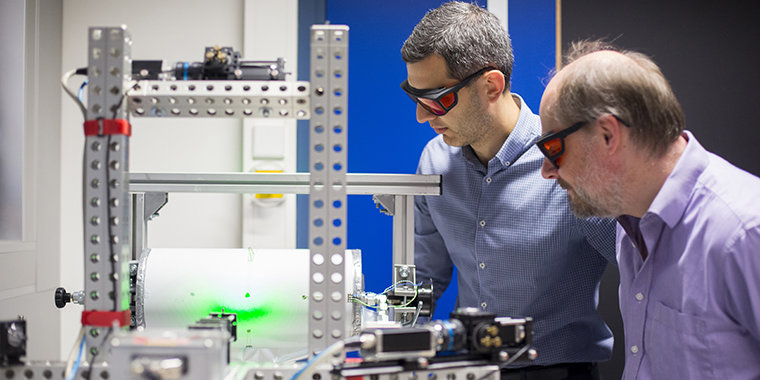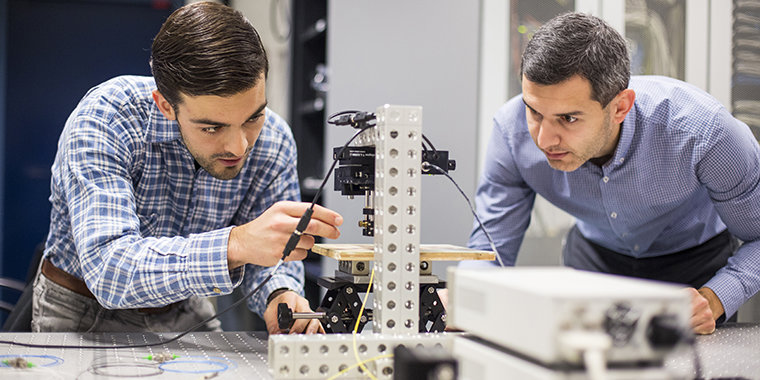Aerospace NDT Laboratory
The Structural Integrity and Composites group has a strong research activity in Non-Destructive Testing (NDT) and Structural Health Monitoring (SHM). The research activity is vertically integrated and comprises the physics of wave propagation, instrumentation design, signal processing & machine learning, and applications in aerospace structures and materials testing. The core technology areas are optical metrology, fibre optic sensing and acoustic/ultrasonics methods. The main application areas are described below.
Experimental Mechanics
Advanced techniques, beyond the state of the art of commercial instrumentation, are needed to characterise the mechanical behaviour of structures and materials, in the next generation of composite aircraft and wind turbines. Our expertise in experimental mechanics is:
- Shearography instrumentation for high velocity impact and 3D surface strain measurement;
- Optical coherence tomography (OCT) for 3D volume measurement;
- Optical elastography for volume strain measurement using digital volume correlation (DVC);
- Stiffness tensor characterisation using ultrasonics;
- Algorithms for calibration and processing of photogrammetry, fringe projection and digital image correlation (DIC) data;
- Algorithms for diagnostics of composite materials using acoustic emission (AE) and acousto-ultrasonics.
Process Monitoring
Smart sensing for preventative non-destructive evaluation (pNDE) and process monitoring (PM) are increasingly needed for automated composite manufacturing to improve product quality and to reduce costs. Our key enabling technologies in process monitoring are:
- Shape measurement techniques based on triangulation and fringe projection;
- Lamb wave ultrasonics for pre-preg quality monitoring;
- Localised cure cycle monitoring of using fibre optic pressure sensors;
- Algorithms for automated defect characterisation detection.
Non-Destructive Testing
The challenges in non-destructive testing are in developing instrumentation with better resolution, with faster processing and interactive display of results. To achieve this we have developed:
- Ultrasonic wave propagation algorithms for Lamb wave and phased-array ultrasonics;
- Shearography for NDT of barely visible impact damage (BVID);
- Thermography for delamination growth characterisation using intrinsic heating;
- Optical coherence tomography (OCT) for coating thickness and defect detection.
Structural Health Monitoring
Structural Health Monitoring (SHM) brings the challenges of load monitoring, damage detection and localisation, damage characterisation and prognosis, which we are addressing by developing:
- Fibre optic sensing for load monitoring;
- Time-reversal Lamb wave ultrasonics for damage detection and localisation;
- Deep learning algorithms for analysis of Lamb wave signals;
- Prognosis of remaining useful properties, i.e. life, residual strength and stiffness using stochastic modelling.
For further information refer to the personal pages of the research staff in these topics.
